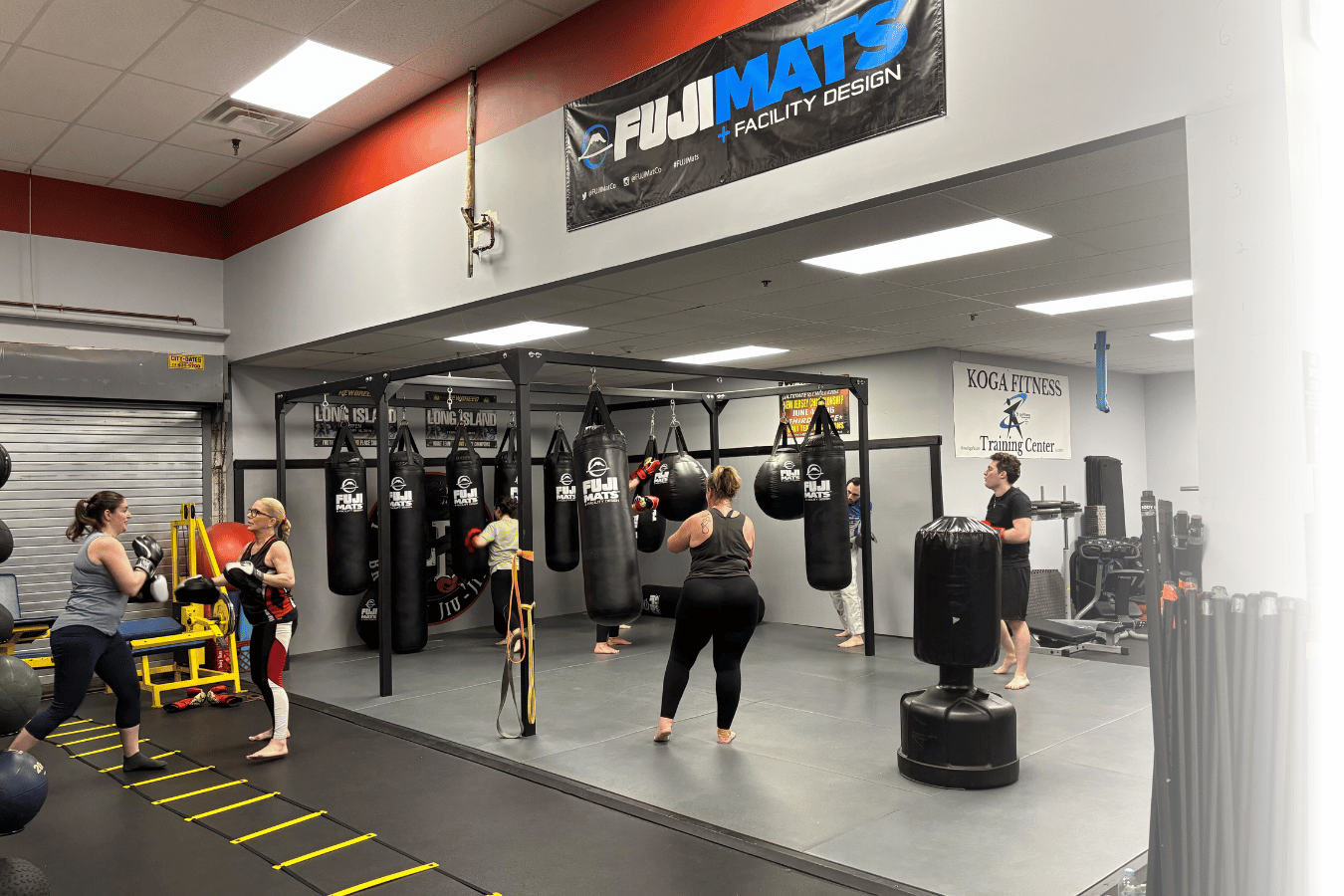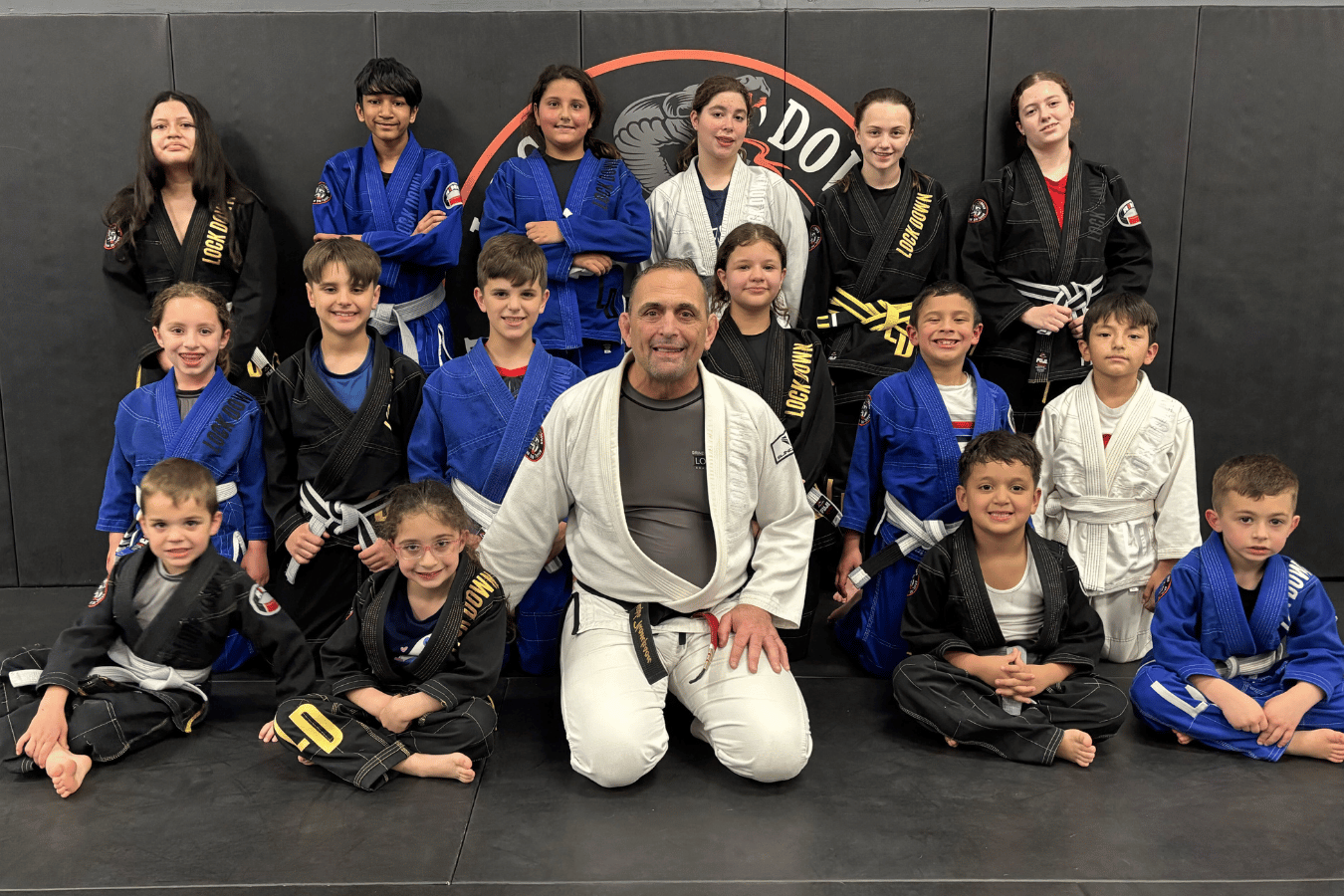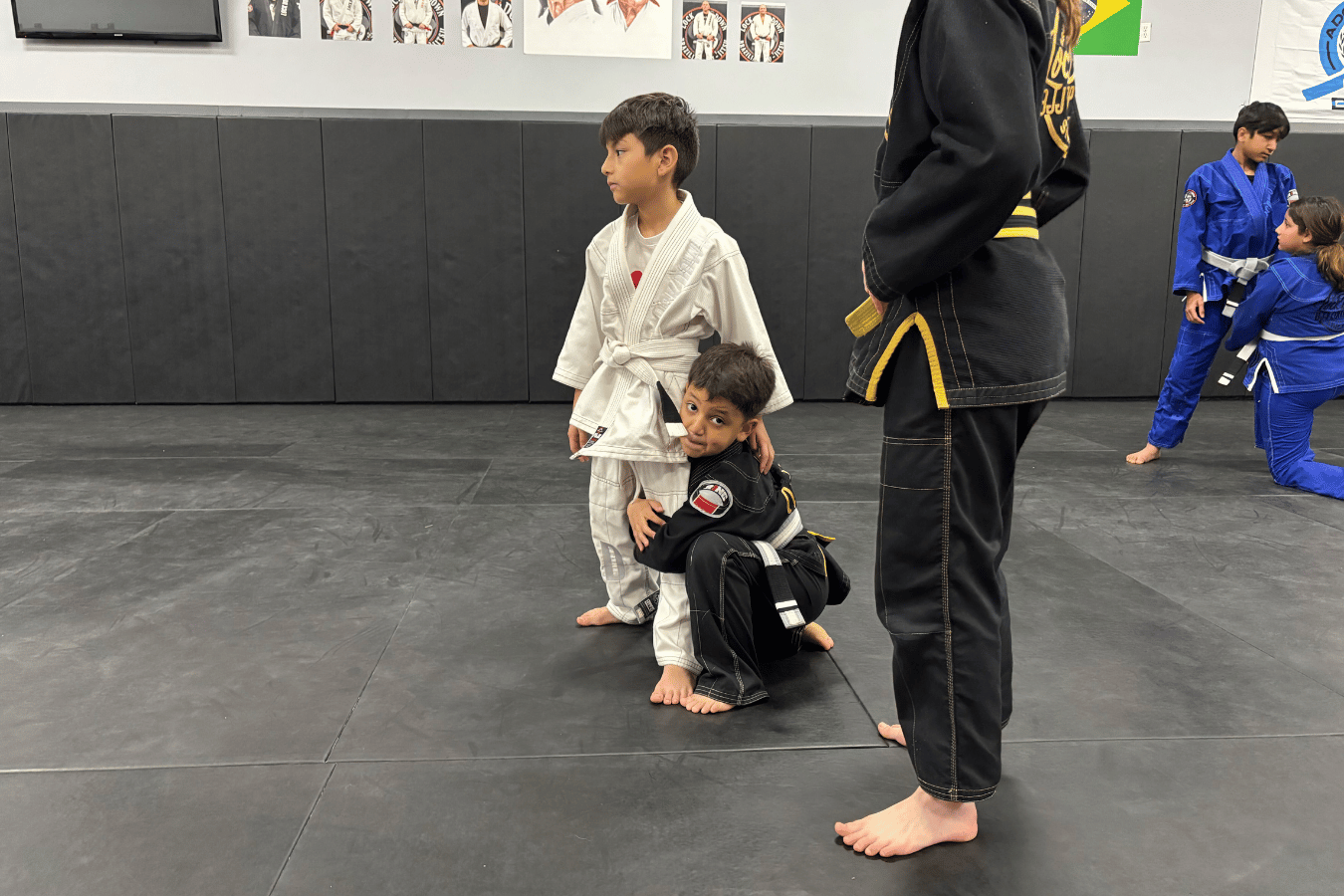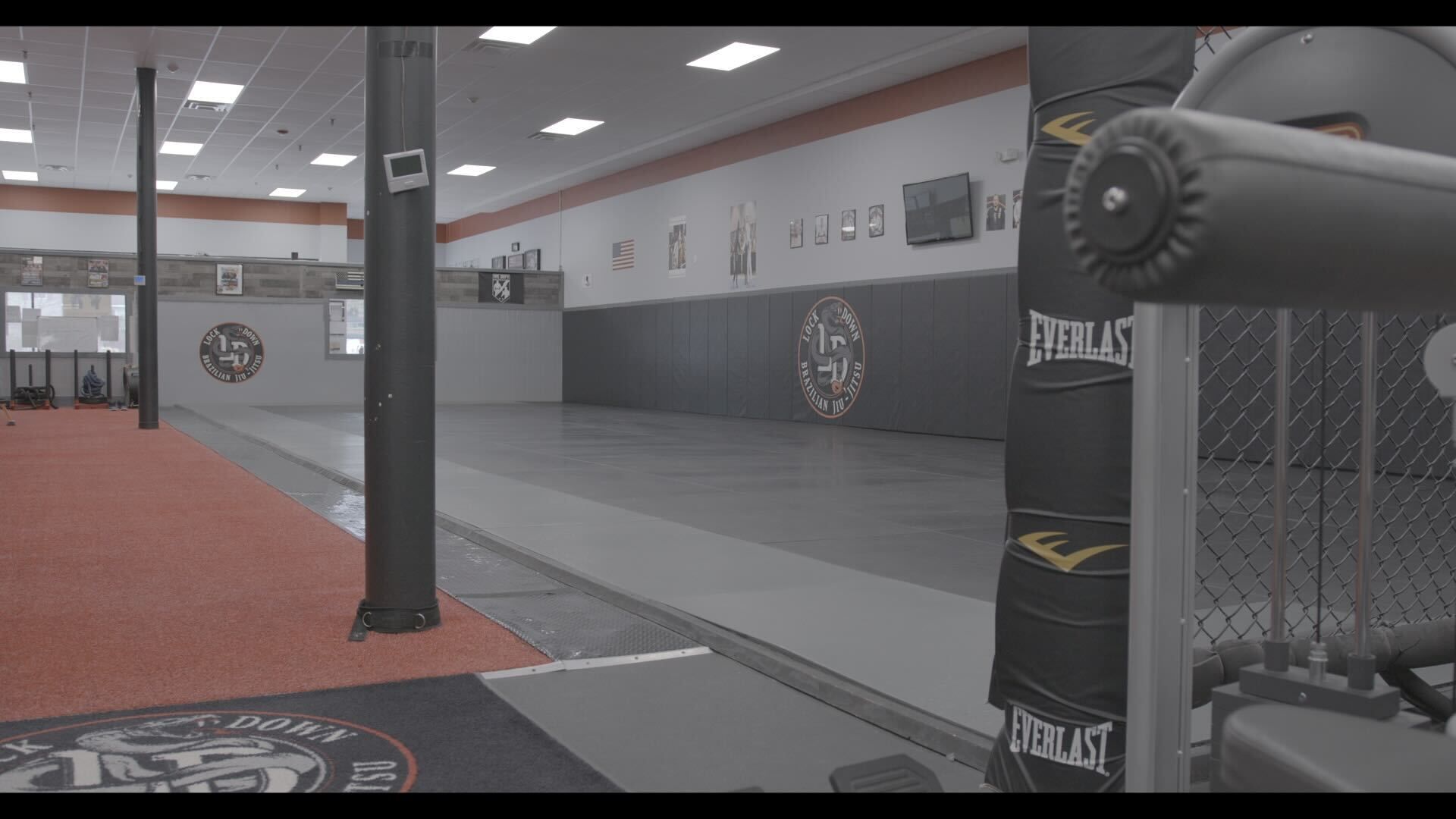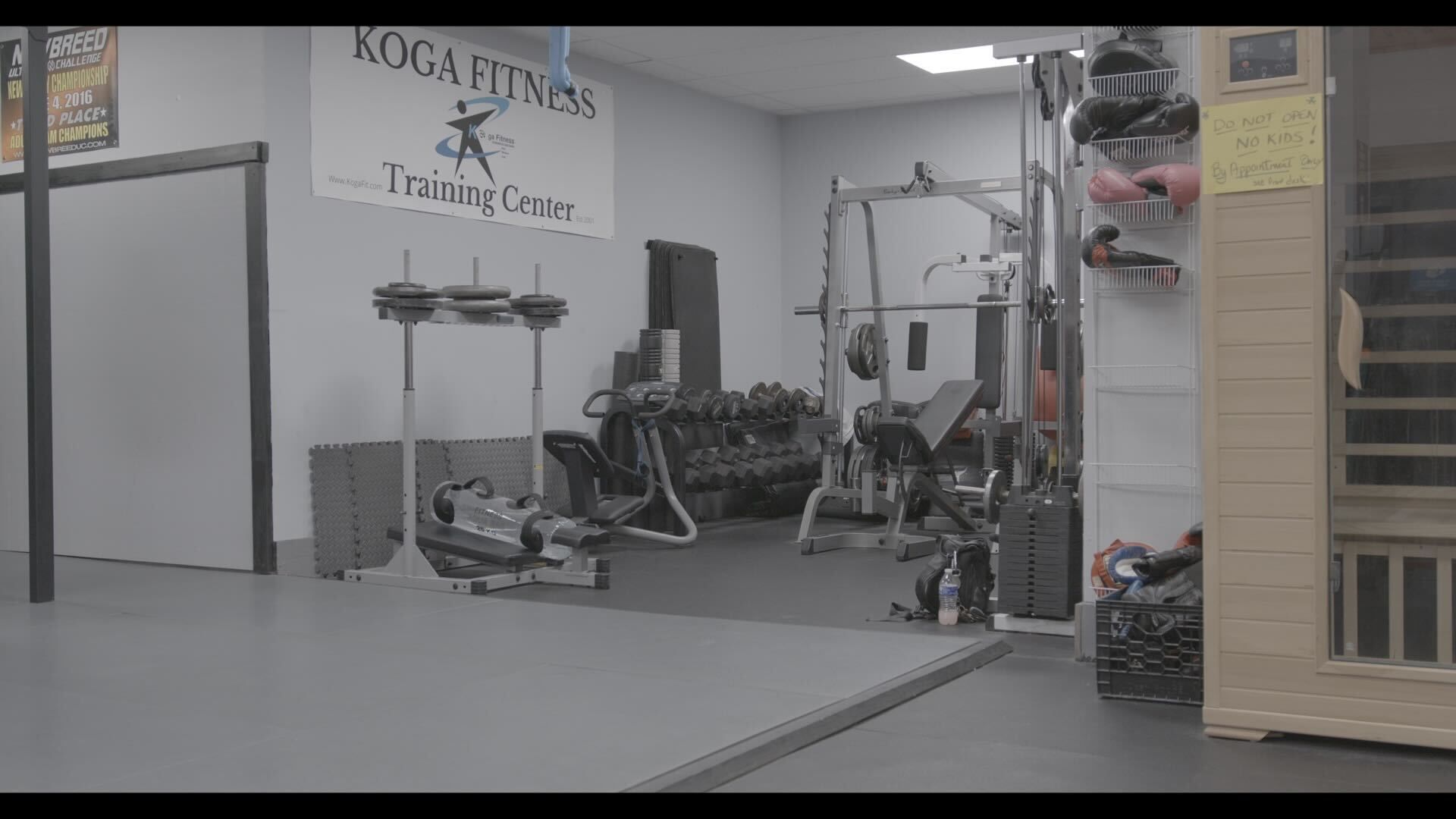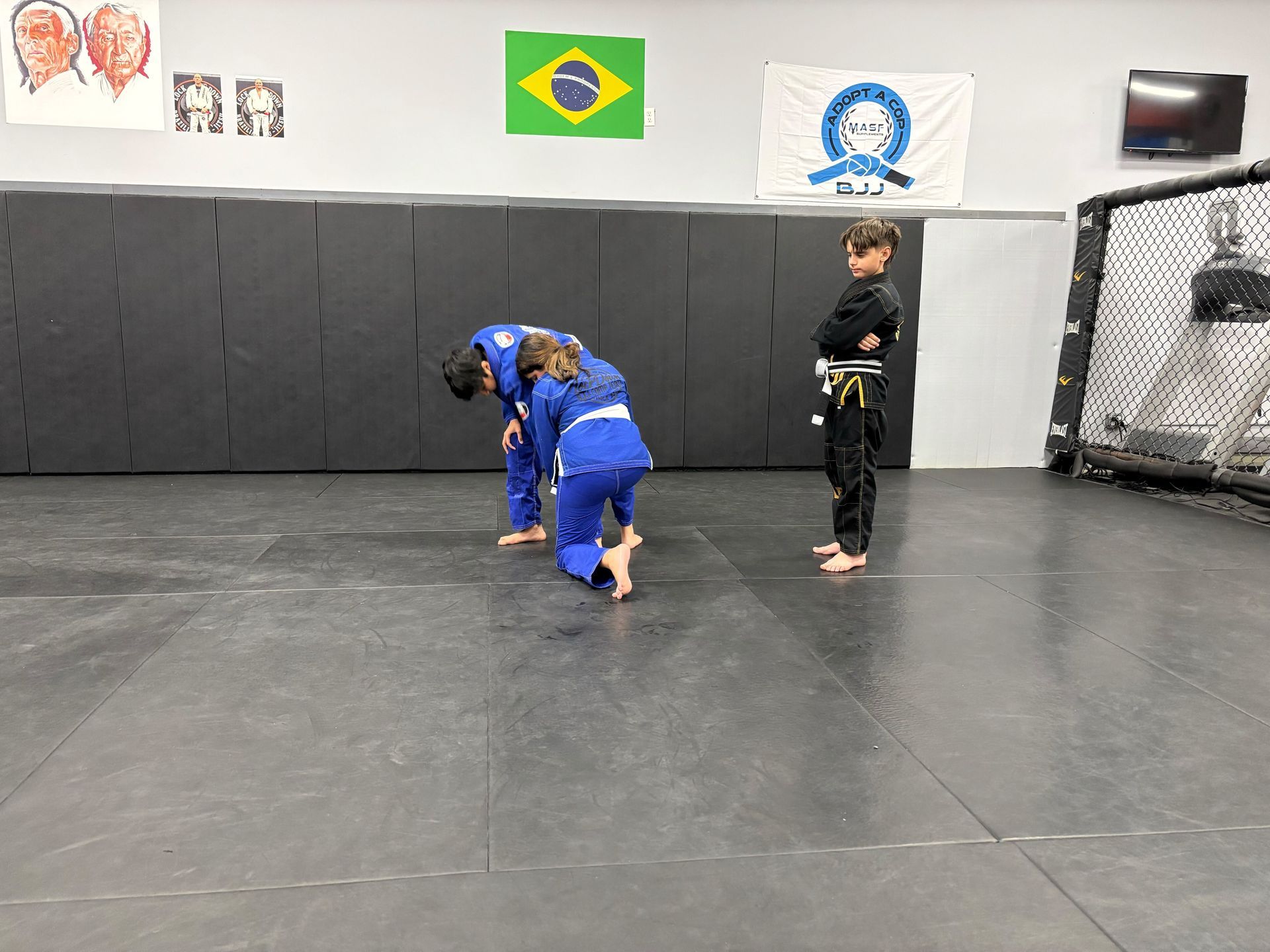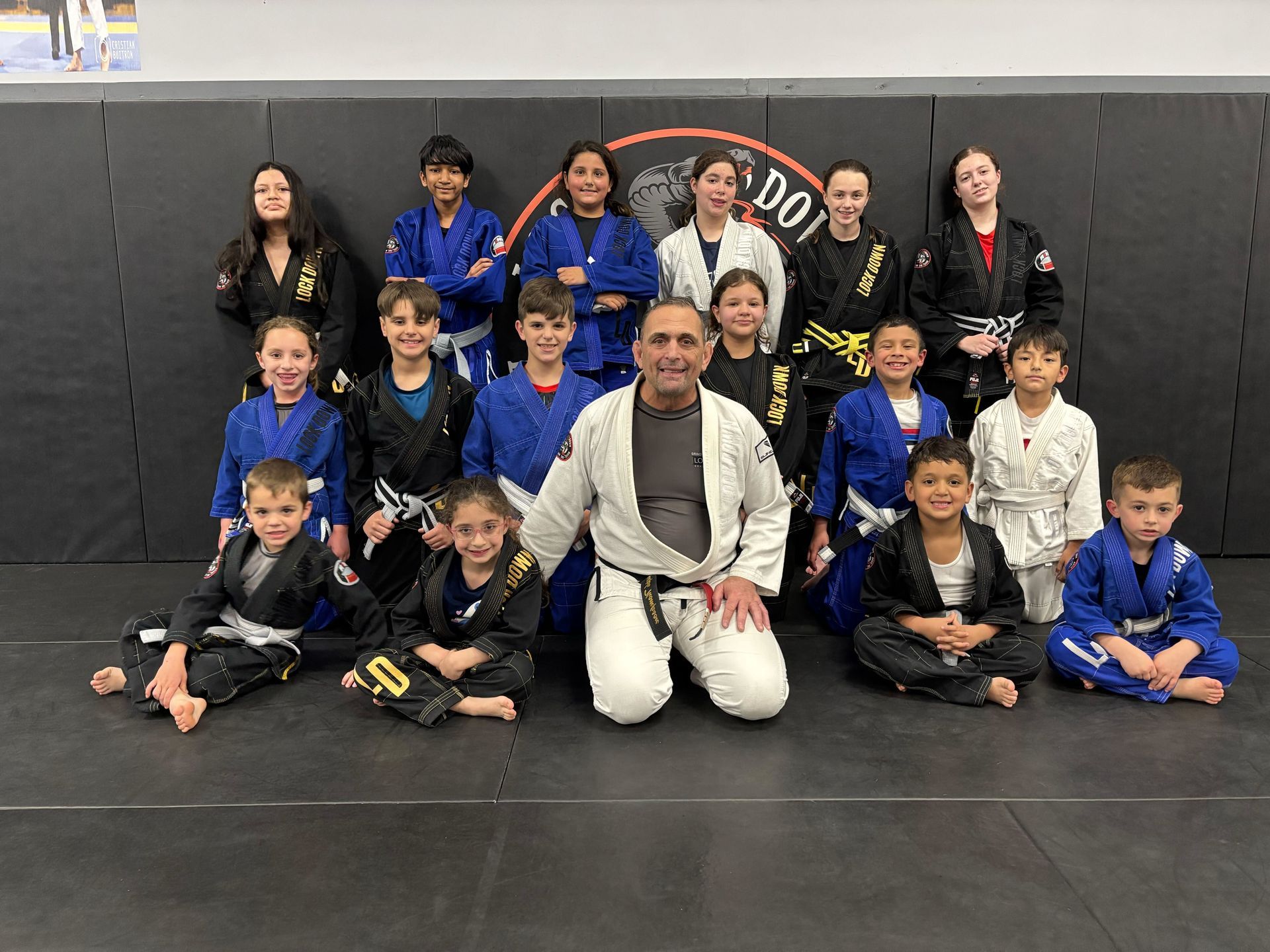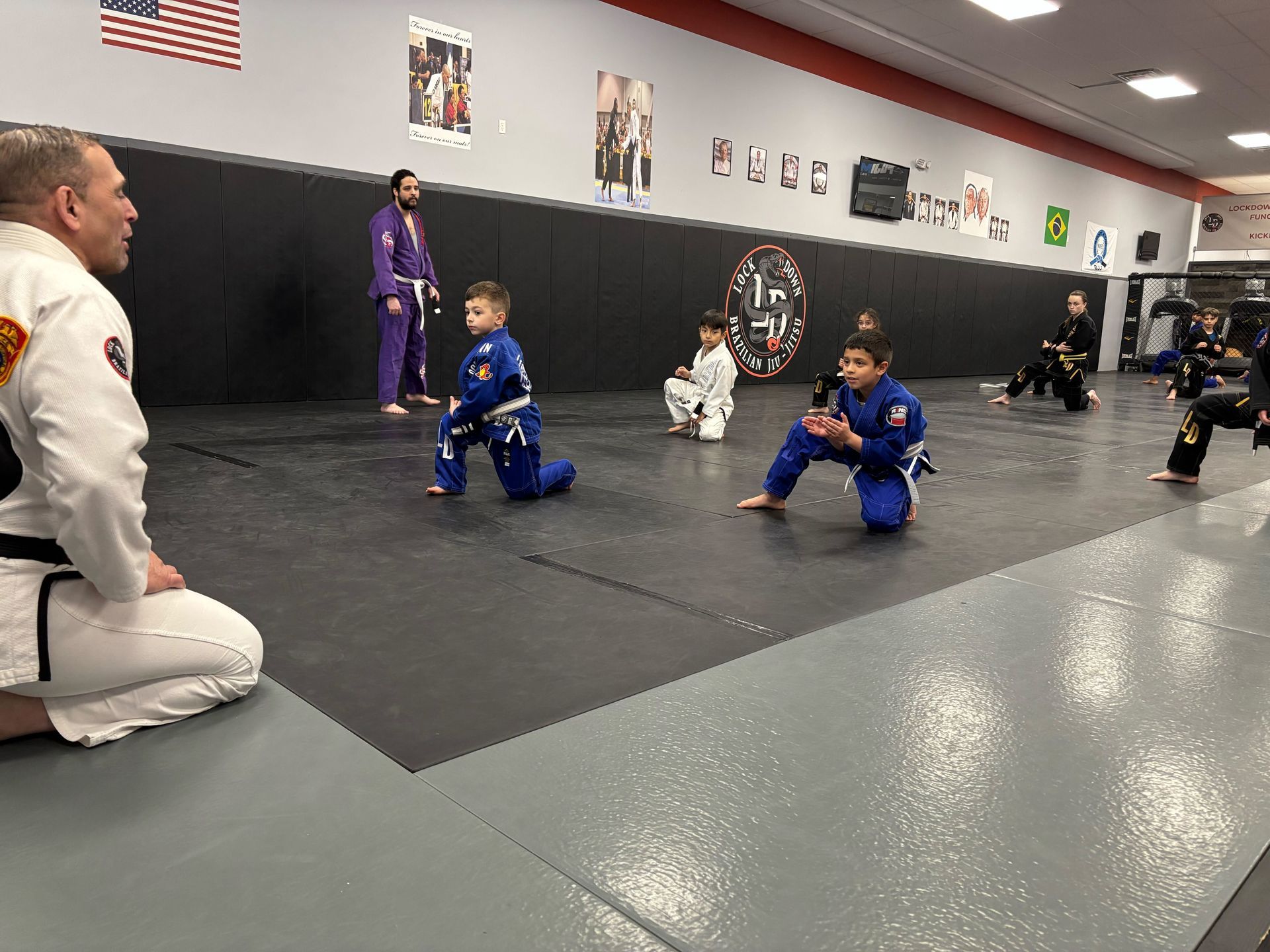Martial arts have been around for centuries, offering more than just self-defense techniques; they represent a path to personal growth, fitness, and mental discipline.
While team sports have traditionally dominated school athletic programs, martial arts are gaining popularity as a great alternative for kids and teens. This article explores why martial arts might be the perfect fit for students who seek the benefits of physical activity without the typical team dynamics.
The Rise in Popularity of Martial Arts
In recent years, martial arts have seen a surge in popularity among young people. This can be attributed to the growing recognition of its numerous benefits, ranging from physical fitness to mental and emotional well-being. Many parents are also discovering that martial arts provide a structured, safe environment where children can thrive individually and collectively, regardless of their skill levels.
Key Differences Between Martial Arts and Team Sports
While team sports emphasize group effort and strategy, martial arts focus on individual growth and self-improvement. This personal focus allows students to progress at their own pace, without the pressure of letting a team down. The martial arts environment fosters a sense of accountability and personal responsibility, key skills that can translate into various aspects of life, including academics and personal relationships.
Martial Arts for Personal Growth
One of the most significant advantages of martial arts is the emphasis on personal development. Students learn discipline, patience, and resilience as they progress through different levels of training. Martial arts challenge participants to set and achieve personal goals, such as mastering a new technique or earning a higher belt rank. This focus on individual milestones fosters a sense of accomplishment and boosts self-esteem.
Building Confidence Through Martial Arts
In martial arts, every achievement is a personal victory. Whether it's learning a new move, improving form, or earning a new belt, each success builds confidence. Unlike team sports, where winning often hinges on the performance of others, martial arts allow students to measure progress against their own past performances. This helps to build a more stable and intrinsic sense of confidence.
Physical Benefits of Martial Arts
Martial arts provide a comprehensive workout that strengthens the entire body. From punches and kicks to more complex maneuvers, students develop full-body coordination, flexibility, and strength. Martial arts also provide cardiovascular benefits, as most classes include high-intensity training that keeps the heart rate up and burns calories.
Flexibility and Coordination
Martial arts training involves a wide range of movements that improve flexibility and coordination. Whether it's performing high kicks or rapid punches, the variety of exercises engages multiple muscle groups, enhancing overall body control. This improvement in coordination not only aids in martial arts but also in daily activities and other sports.
Cardiovascular and Strength Benefits
Martial arts are excellent for cardiovascular health, providing a workout that gets the heart pumping and improves endurance. Moreover, the repetitive nature of training helps in building muscle strength, particularly in the core, legs, and arms. Over time, consistent practice leads to better posture, improved muscle tone, and increased stamina.
Mental and Emotional Benefits of Martial Arts
Martial arts aren't just about physical prowess; they also significantly benefit mental and emotional health. The training promotes mindfulness, focus, and mental clarity. Practicing martial arts can serve as an effective outlet for stress, providing a structured way to release tension and gain mental equilibrium.
Developing Focus and Concentration
The practice of martial arts demands a high level of focus and concentration. Whether it’s memorizing sequences or maintaining the correct form, students must pay close attention to their movements and surroundings. This heightened focus extends beyond the dojo, often improving academic performance and the ability to concentrate in other areas of life.
Emotional Resilience and Stress Management
Martial arts also teach emotional resilience. Students learn to manage the stress of sparring, pushing their limits, and facing challenges. This resilience is invaluable, as it equips young people with the tools to handle setbacks and disappointments in a healthy, constructive way.
Social Benefits of Martial Arts
Contrary to the perception that martial arts are solitary pursuits, they offer ample social benefits. Martial arts classes foster a sense of community and respect among participants. The structured environment of martial arts promotes camaraderie, as students often practice in pairs or small groups, learning to work together and support one another.
Learning Respect and Discipline
Respect is a core tenet of martial arts. From bowing to instructors and peers to following strict training protocols, students learn to respect others and themselves. This culture of respect and discipline can positively influence behavior in other areas, such as school and home.
Making Friends Outside of the Usual Social Circles
Martial arts classes bring together people from diverse backgrounds who might not otherwise meet. This exposure helps students broaden their social circles and build friendships with peers who share a common interest in martial arts, beyond the confines of traditional school sports teams.
Accessibility and Variety in Martial Arts
One of the appealing aspects of martial arts is the variety of styles available, catering to different interests and personalities. Whether it's the striking techniques of Karate, the throws and grappling of Judo, or the fluid movements of Tai Chi, there's a martial art that fits almost every individual's preferences and physical abilities.
From Karate to Brazilian Jiu-Jitsu: Exploring Martial Arts Styles
Each martial art has its own unique focus and benefits. Karate emphasizes striking, with punches, kicks, and knee strikes. Brazilian Jiu-Jitsu focuses on ground fighting and submissions, teaching students how to control opponents. Exploring different martial arts allows students to find the style that best suits their interests and goals.
Martial Arts as a Lifelong Pursuit
Unlike many team sports, which are often limited to certain seasons or age groups, martial arts can be practiced at any age and continue to offer benefits throughout life. This makes martial arts a sustainable and lifelong pursuit that adapts to the practitioner’s needs and abilities over time.
Self-Defense Skills from Martial Arts
Beyond fitness, martial arts equip students with valuable self-defense skills. In today’s world, knowing how to protect oneself is a crucial asset that provides a sense of security and confidence. Martial arts teach practical techniques that are effective in real-world scenarios.
Basic Self-Defense Techniques
Martial arts training includes a range of self-defense tactics, from basic strikes to escape maneuvers. These skills are not about aggression but about being prepared to defend oneself if necessary. Learning self-defense can empower students, making them feel safer and more confident in various situations.
Empowerment Through Self-Defense
Self-defense is empowering because it teaches students how to assert boundaries and handle confrontational situations calmly and effectively. This empowerment extends beyond physical altercations; it also builds the confidence to stand up for oneself in everyday life.
Overcoming the Fear of Competition
For many students, the pressure of competition in team sports can be overwhelming. Martial arts offer a different approach, where the emphasis is on personal progress rather than direct competition against others. This shift can be particularly beneficial for those who may feel anxious or uncomfortable in highly competitive environments.
Focus on Personal Progress Rather Than Winning
Martial arts encourage students to focus on their own growth rather than the outcome of a match or game. This approach helps reduce anxiety and allows students to enjoy the process of learning and improving. The dojo becomes a place where progress is measured by effort and persistence, not just by winning or losing.
How Martial Arts Teaches Healthy Competition
While martial arts do involve competition, it is approached in a way that emphasizes respect and sportsmanship. Competitions in martial arts are often seen as an opportunity to test skills rather than just to win. This perspective helps students develop a healthy attitude towards competition, valuing effort and improvement over mere victory.
Martial Arts and Academic Performance
There is a growing body of evidence suggesting that the discipline and focus developed in martial arts can positively impact academic performance. Martial arts training requires the same qualities that contribute to success in school: concentration, discipline, and perseverance.
How Physical Activity Boosts Cognitive Function
Regular physical activity, such as martial arts, has been shown to improve cognitive function, including memory and problem-solving skills. The physical exertion involved in martial arts increases blood flow to the brain, enhancing mental sharpness and clarity.
Balancing Martial Arts with School Commitments
Martial arts also teach valuable time management skills. Students learn to balance training with schoolwork, developing a disciplined approach to managing their time and commitments. This balance helps students maintain academic performance while enjoying the benefits of martial arts training.
Addressing Common Misconceptions About Martial Arts
Despite its many benefits, martial arts are sometimes misunderstood. Concerns about violence or gender inclusivity can deter parents and students from exploring this option. However, these misconceptions often stem from a lack of understanding about what martial arts truly entail.
Is Martial Arts Too Violent for Kids?
A common misconception is that martial arts are inherently violent. In reality, martial arts emphasize self-control, respect, and the responsible use of techniques. The primary goal is not to promote fighting but to teach students how to avoid and, if necessary, handle conflicts in a non-aggressive manner.
Martial Arts is Not Just for Boys
Martial arts are inclusive and accessible to everyone, regardless of gender. Many martial arts schools actively encourage girls to participate and excel, challenging the stereotype that martial arts are primarily for boys. Female role models in martial arts, such as professional fighters and instructors, continue to inspire young girls to pursue martial arts.
Final Thoughts
Martial arts offer a unique alternative to team sports, providing numerous physical, mental, and social benefits that can positively influence students' lives. With its focus on personal growth, discipline, and self-defense, martial arts empower young people to develop a strong sense of self and resilience. For those looking for an activity that goes beyond the typical dynamics of team sports, martial arts might just be the perfect fit.
Parents interested in martial arts for their children should look for reputable schools that prioritize safety and respect. By encouraging kids to try martial arts, parents can open the door to a world of personal growth, physical fitness, and lifelong learning.
